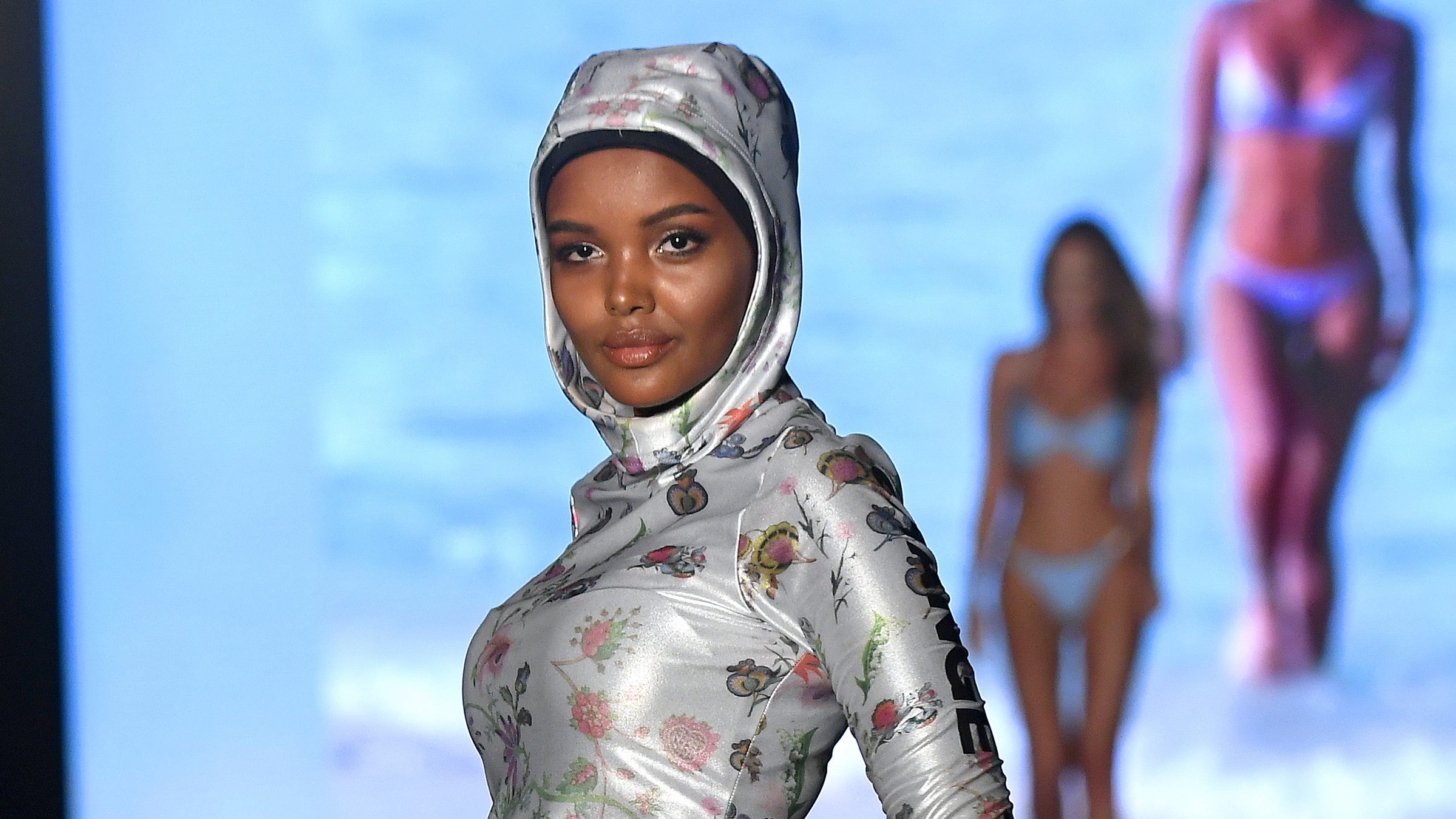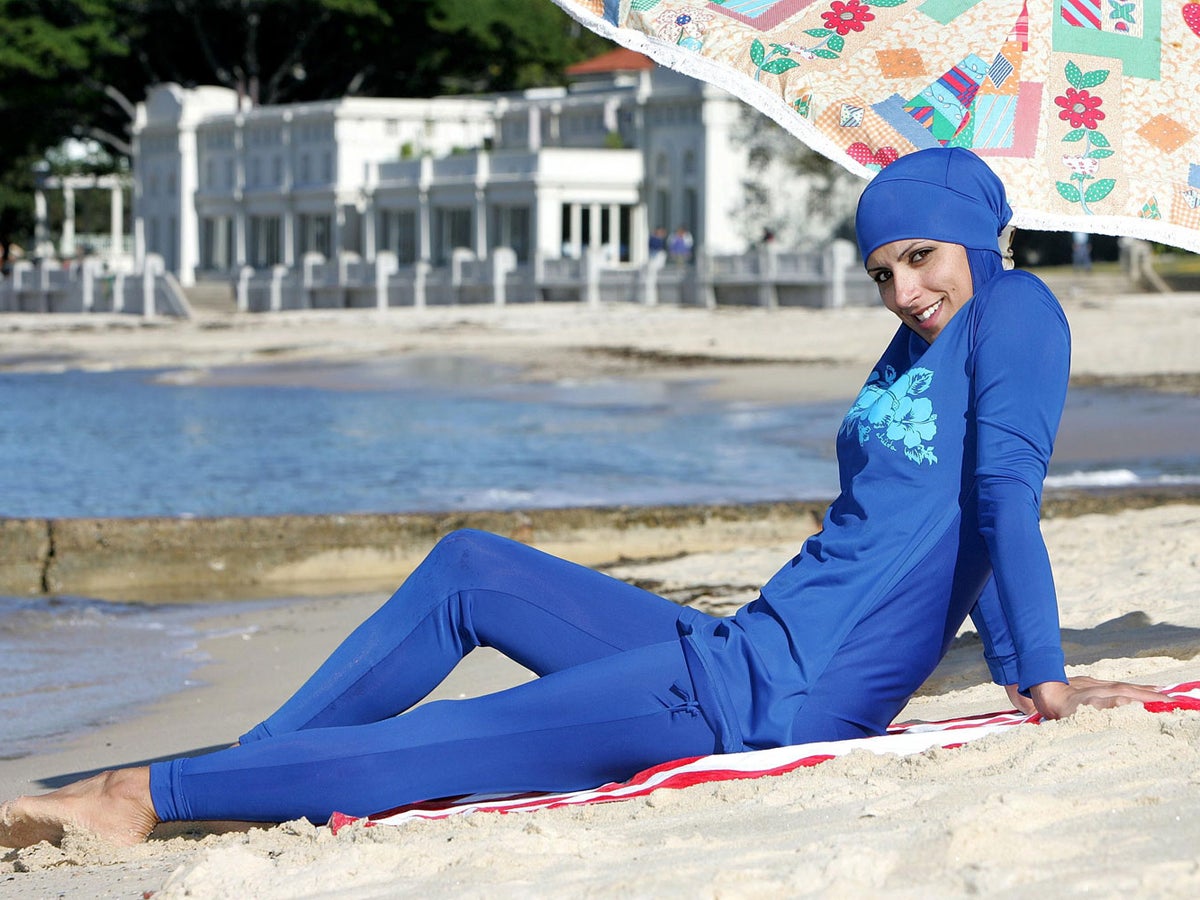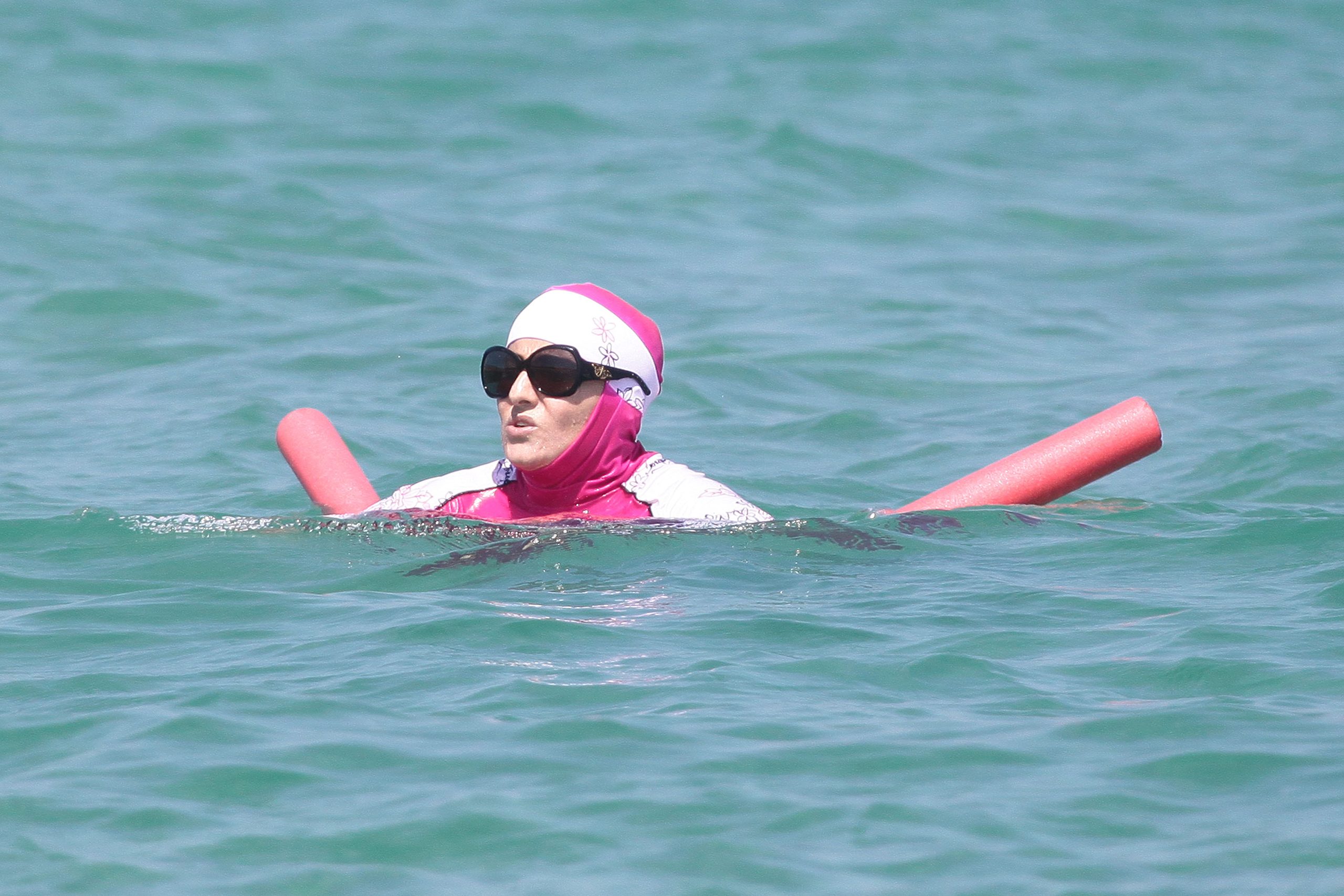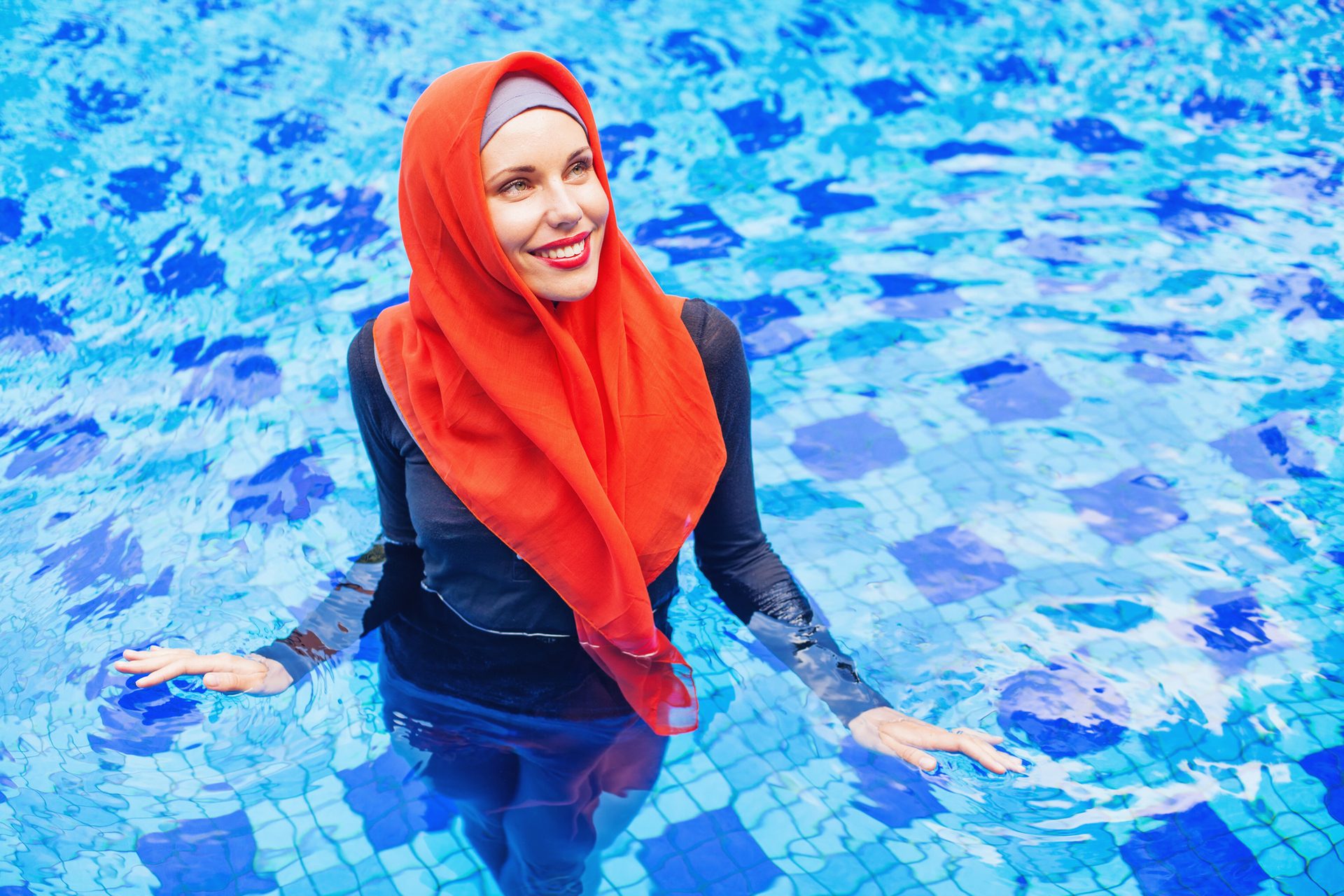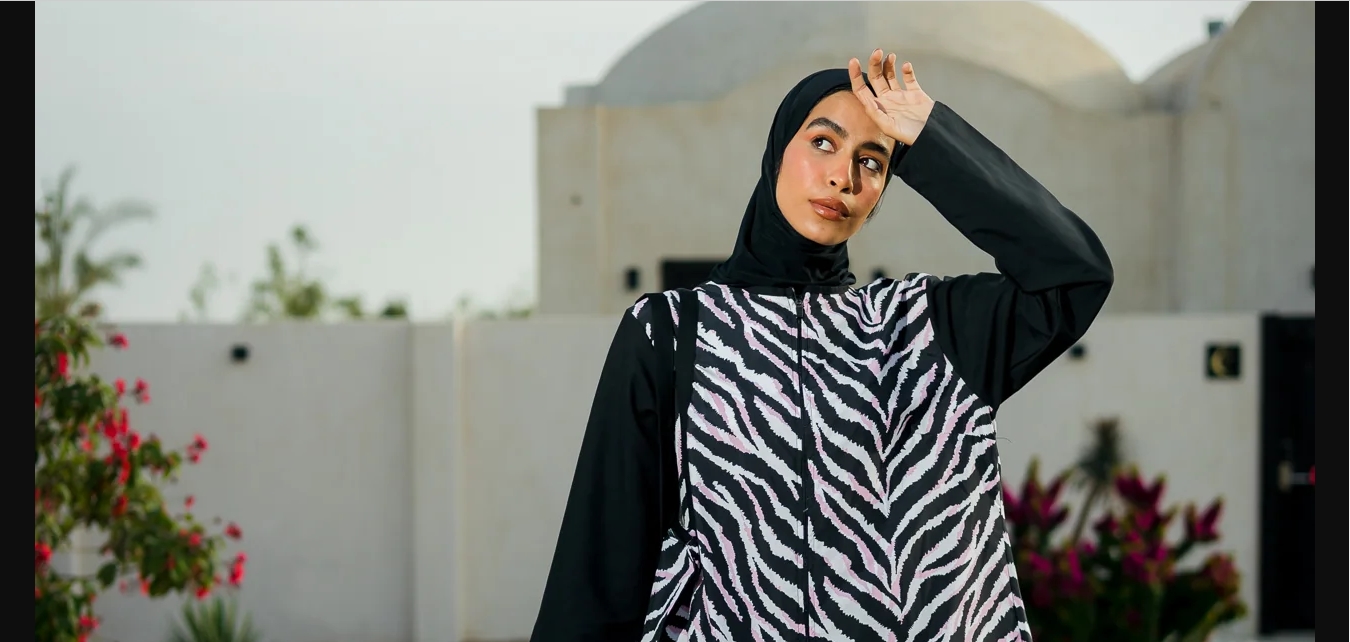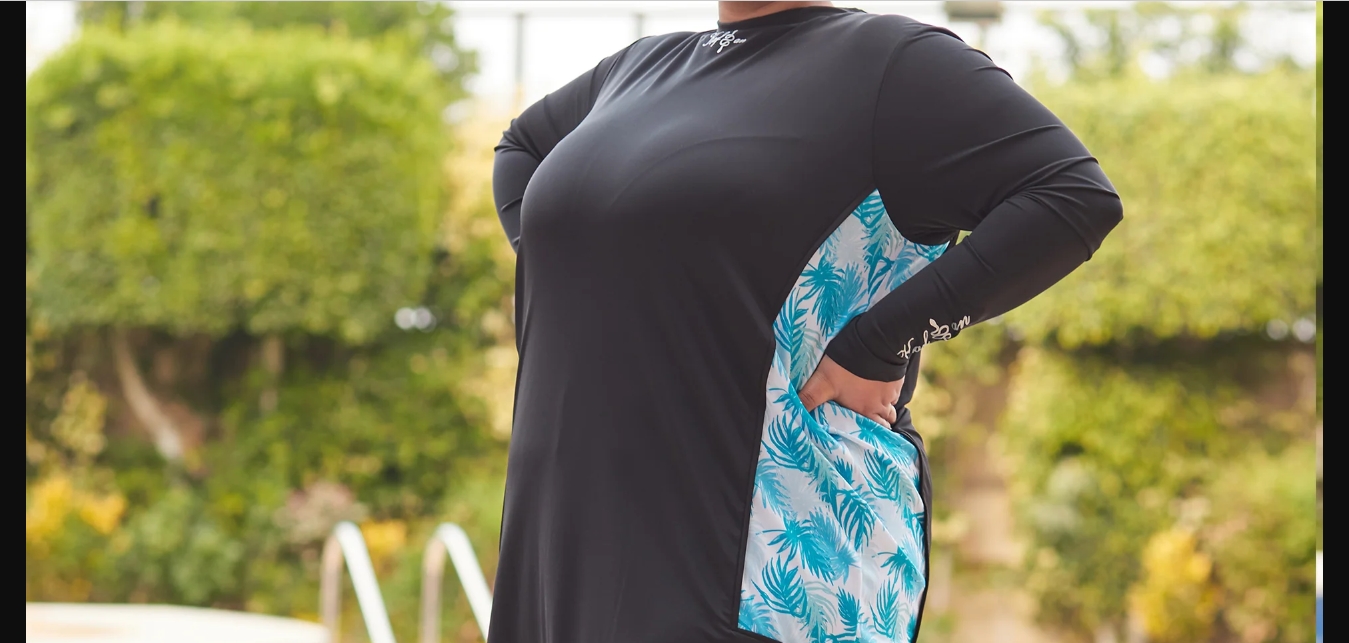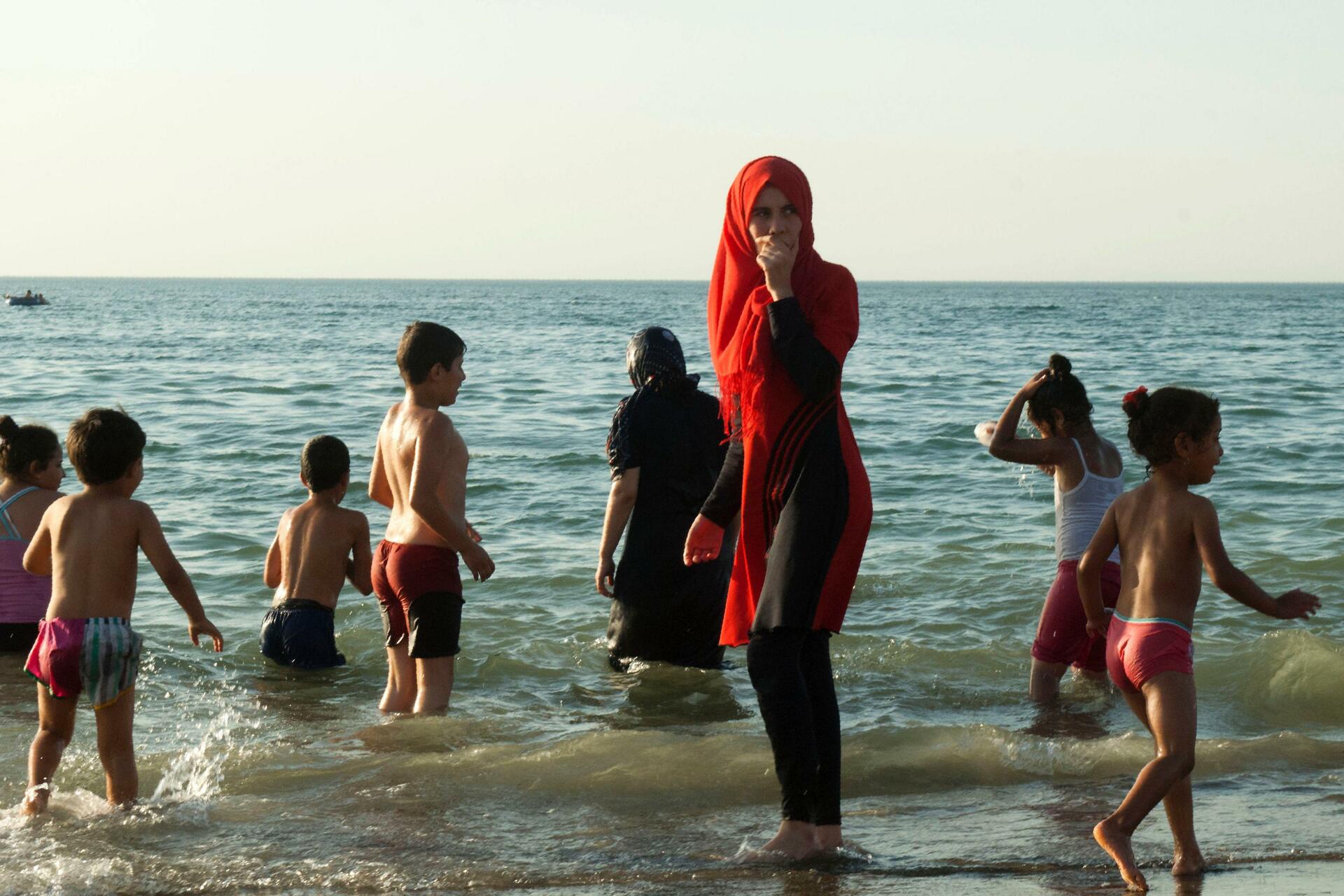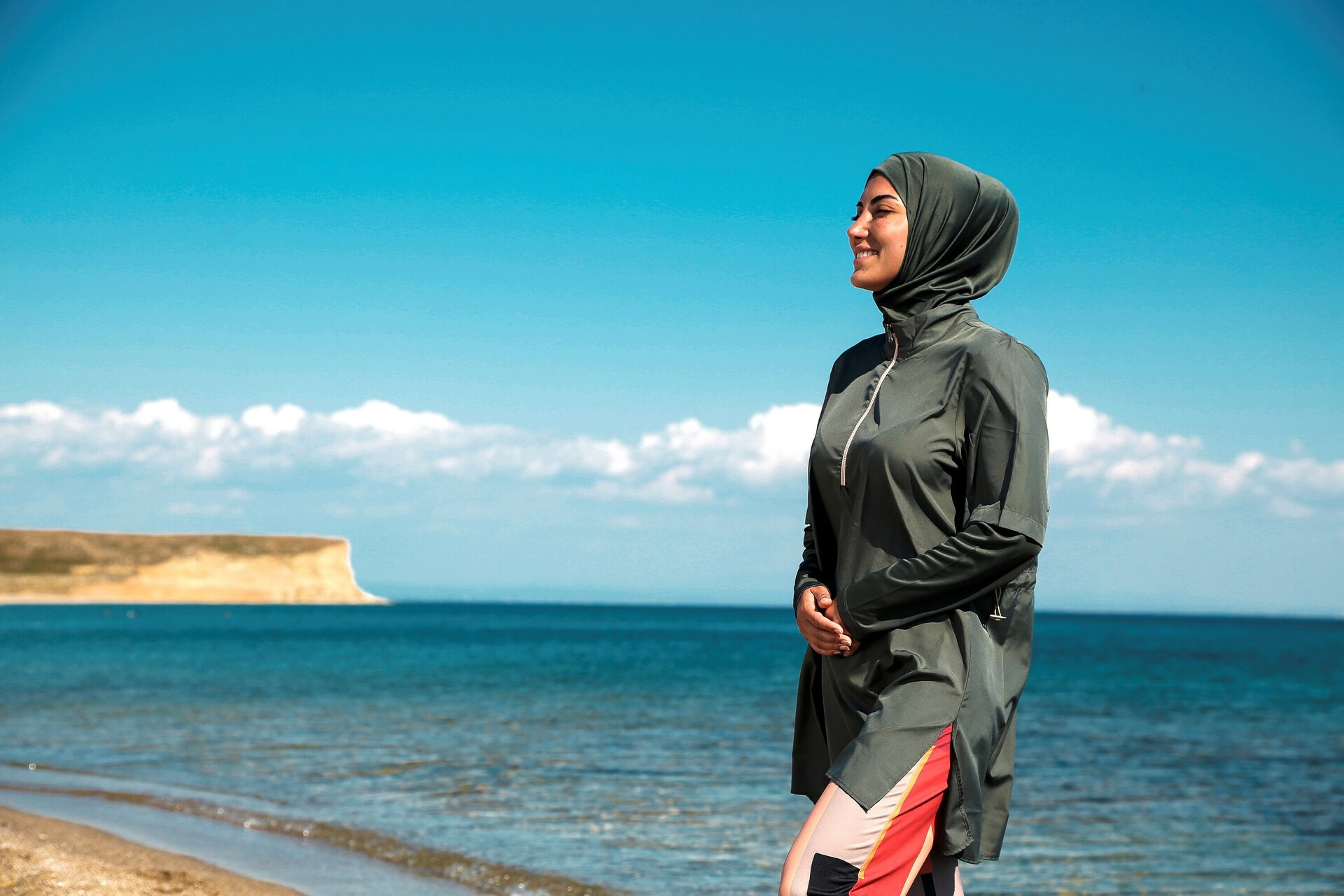Home>Women's Underwear>Swimwear>Why Are Burkinis Banned?
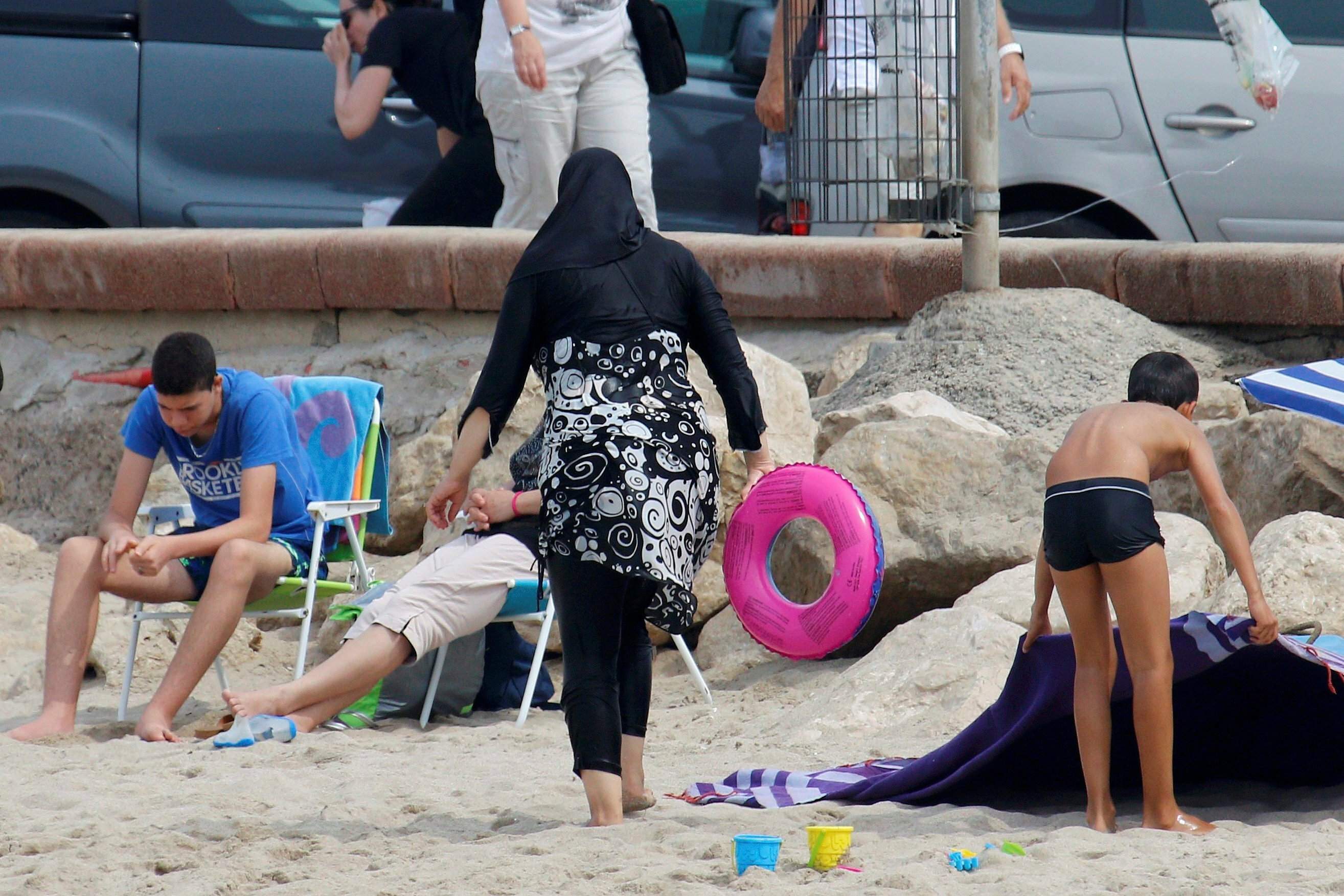

Swimwear
Why Are Burkinis Banned?
Modified: September 23, 2023
Discover the controversy behind the Burkini ban and explore the freedom of choice in swimwear, highlighting the significance of the Swimwear industry.
(Many of the links in this article redirect to a specific reviewed product. Your purchase of these products through affiliate links helps to generate commission for Under-tec.com, at no extra cost. Learn more)
Table of Contents
Introduction
The burkini, a modest swimwear option that covers the body from head to toe, has gained significant attention and stirred controversy in recent years. Designed to adhere to religious and cultural beliefs, the burkini allows Muslim women to enjoy swimming and other water activities while maintaining their modesty.
However, the burkini has faced backlash and bans in some countries and public spaces. Proponents of the ban argue that the burkini is a symbol of oppression and a threat to secular values, while opponents argue that it is a matter of personal freedom and religious expression.
In this article, we will explore the history of the burkini, examine the arguments both for and against the ban, and analyze the impact it has on individuals and society as a whole.
It is important to note that while this article focuses on the controversy surrounding the burkini, it does not intend to take a definitive stance on the issue. Rather, it aims to provide a comprehensive understanding of the various perspectives and implications associated with the burkini ban.
History of the Burkini
The burkini, a portmanteau of “burqa” and “bikini,” was created by Australian designer Aheda Zanetti in 2004. Inspired by her niece’s desire to participate in water sports while adhering to her religious beliefs, Zanetti designed a swimsuit that provided full-body coverage without compromising comfort or mobility.
The idea behind the burkini was to provide an alternative swimwear option for women who preferred modesty, reflecting their religious, cultural, or personal values. The design features loose-fitting pants, a long-sleeved top, and an attached head covering, allowing women to retain their modesty while enjoying water activities.
The burkini quickly gained popularity, particularly among Muslim women who sought a practical and comfortable swimwear option. It became a symbol of inclusivity and empowerment, offering women the freedom to engage in water-based activities without compromising their religious or cultural beliefs.
However, the burkini soon became a subject of controversy. In 2016, several French towns issued bans on the burkini, claiming that it violated secularism and posed a security risk. This decision sparked a global conversation about religious freedom, cultural diversity, and personal choice.
Despite the ban, the popularity of the burkini continued to rise, and it gained recognition outside the Muslim community. Women from various backgrounds embraced the burkini for its practicality, sun protection, and body positivity. The burkini has been increasingly embraced by individuals who prefer more modest swimwear options, regardless of their religious or cultural backgrounds.
Today, the burkini remains a symbol of choice and empowerment for many women, allowing them to participate in water activities comfortably while respecting their beliefs. However, it continues to be a topic of debate and controversy in some countries and public spaces.
Arguments for the Burkini Ban
Supporters of the Burkini ban put forth several arguments to justify their stance. Below are some of the commonly cited reasons:
- Preserving secularism: Proponents argue that the burkini represents a challenge to secular values and the separation of religion and state. They believe that allowing religious symbols in public spaces undermines the principle of secularism.
- Ensuring public safety: Some argue that the burkini poses a security risk as it conceals the wearer’s identity, making it difficult to identify individuals in public spaces. They claim that banning the burkini is necessary for public safety and to prevent potential terrorist threats.
- Combatting gender inequality: Critics of the burkini view it as a symbol of patriarchal control and female oppression. They argue that by banning the burkini, it helps to challenge and dismantle oppressive ideologies that restrict women’s freedom.
- Promoting integration: Another argument put forth is that banning the burkini promotes integration and social cohesion. Proponents argue that by discouraging the wearing of religious symbols in public spaces, it encourages individuals to assimilate into the wider society.
- Protecting public hygiene: Some argue that the burkini violates public hygiene standards in shared swimming pools and beaches. They claim that the clothing’s full coverage could lead to an accumulation of dirt and bacteria, posing a potential health risk for other individuals.
It is important to note that these arguments are not universally accepted, and they have faced criticism from those who oppose the burkini ban. The next section will explore the counterarguments against the ban, bringing more perspectives to the discussion.
Arguments against the Burkini Ban
Opponents of the Burkini ban present various counterarguments to challenge the rationale behind prohibiting the swimwear. Here are some key arguments against the ban:
- Respecting religious freedom: Critics argue that banning the burkini infringes upon individuals’ rights to express their religious beliefs and practices. They contend that religious freedom should be protected and that individuals should have the choice to dress according to their religious or cultural customs.
- Preserving individual autonomy: Many argue that individuals should have the freedom to make choices about their own bodies. Banning the burkini denies women the right to choose what they feel comfortable wearing and forces them to conform to societal expectations.
- Fighting discrimination and Islamophobia: Opponents of the ban express concerns about the discriminatory nature of targeting specific religious attire. They believe that banning the burkini perpetuates Islamophobia, exacerbating tensions and fostering a climate of intolerance.
- Promoting inclusivity: Critics argue that embracing the burkini promotes inclusivity by accommodating diverse cultural and religious practices. They argue that allowing different forms of swimwear fosters an atmosphere of acceptance and encourages individuals from all backgrounds to participate in public spaces.
- Ensuring equality: Supporters of the burkini contend that the ban primarily targets Muslim women, infringing upon their rights and perpetuating gender inequality. They argue that women should be able to feel comfortable and confident in their swimwear choices, irrespective of religious or cultural affiliations.
These arguments challenge the assumptions underlying the burkini ban and emphasize the importance of protecting individual freedoms, promoting inclusivity, and combating discrimination. It is crucial to engage in open dialogue and consider diverse perspectives to address the complex issues surrounding the burkini ban.
Impact of the Burkini Ban
The Burkini ban has significant implications for individuals and society as a whole. The following are some of the impacts associated with this controversial measure:
- Stifling religious expression: The ban restricts the ability of Muslim women to freely express their religious beliefs and practices. It sends a message that certain religious symbols and attire are not welcome in public spaces, creating a sense of exclusion and marginalization.
- Deepening social divisions: The Burkini ban exacerbates societal divisions by fostering an environment of “us versus them.” It perpetuates stereotypes and prejudices, particularly against Muslim communities, leading to heightened tensions and strained social relations.
- Impeding integration efforts: Banning the Burkini can hinder integration efforts by discouraging individuals from openly practicing their faith and participating in public life. It may create a sense of alienation and isolation among Muslim communities, hindering their ability to fully engage with society.
- Infringing on personal freedom: The ban limits personal freedom and autonomy by dictating what individuals can or cannot wear. It undermines the principle of individual choice and creates a precedent for further infringement on personal liberties in the name of societal norms or security concerns.
- Undermining tourism and economy: The Burkini ban can negatively impact tourism and the local economy in cities or regions that rely on tourism revenue. Visitors who feel unwelcome or restricted by such measures may choose alternative destinations, leading to economic losses.
- Compromising public safety: While the ban is often justified on grounds of public safety and identification, critics argue that it diverts attention away from actual security threats. Banning the Burkini does little to address real security concerns, focusing instead on symbolic measures with limited practical impact.
It is important to recognize that the impact of the Burkini ban varies across different contexts and communities. The ban’s consequences extend beyond the individuals directly affected, shaping societal norms, attitudes, and the broader discourse surrounding religious freedom, cultural diversity, and personal choice.
Conclusion
The debate surrounding the Burkini ban continues to provoke discussions about religious freedom, cultural diversity, and personal choice. The controversy surrounding the ban highlights the complex and deeply-held beliefs and values that shape society.
While proponents of the ban argue for the preservation of secularism, public safety, and gender equality, opponents stress the importance of individual autonomy, religious freedom, inclusivity, and combatting discrimination.
The Burkini ban has significant impacts, ranging from stifling religious expression and deepening social divisions, to impeding integration efforts and infringing on personal freedom. Moreover, it can compromise public safety and have economic consequences.
It is crucial for societies to engage in open dialogue, fostering understanding and empathy among diverse communities. Governments and policymakers should carefully consider the implications of such bans, balancing the protection of individual rights with societal concerns.
Ultimately, the resolution of the debate surrounding the Burkini ban lies in finding common ground, respecting individual choices and beliefs, and fostering inclusive and tolerant societies that embrace diversity. By valuing and protecting fundamental rights, societies can progress towards greater acceptance, understanding, and social harmony.
